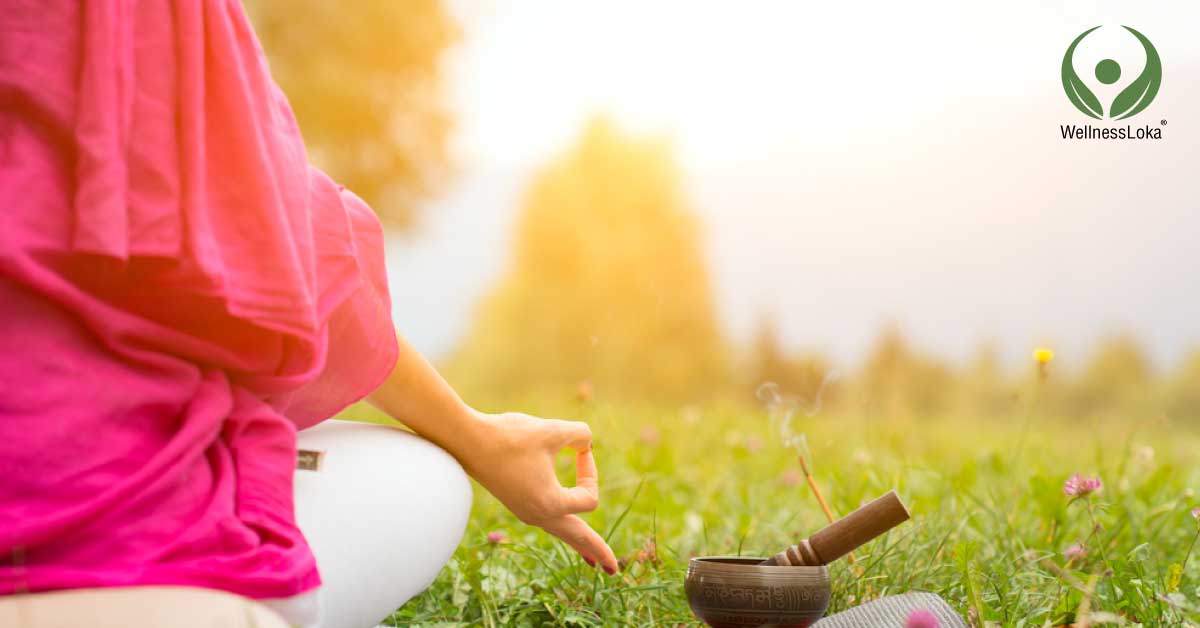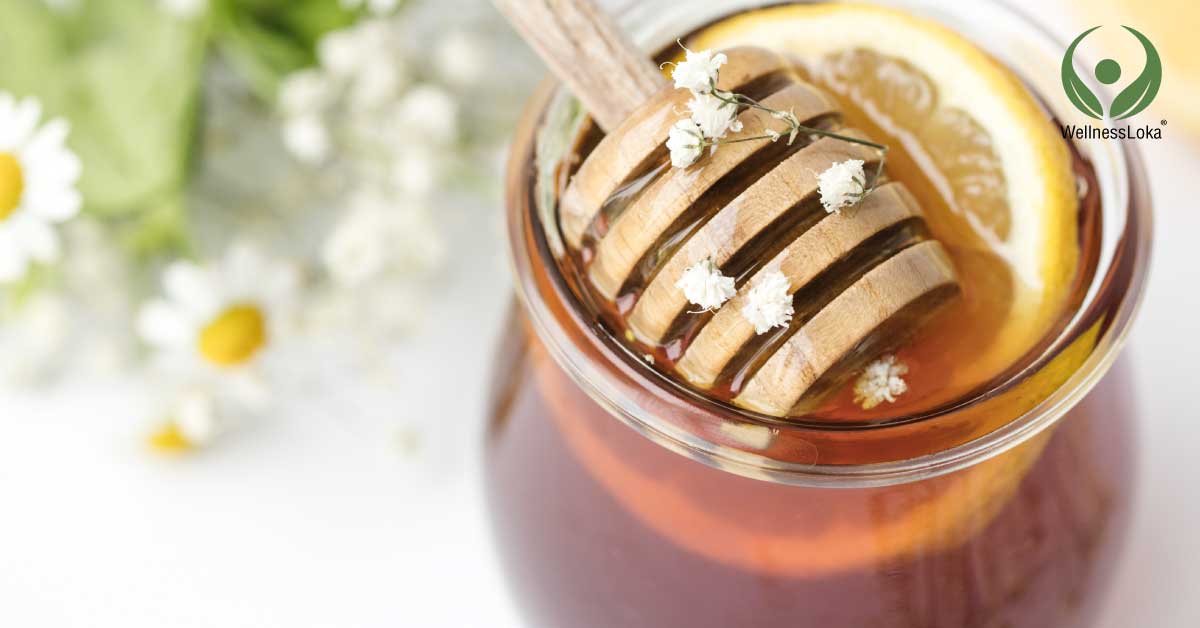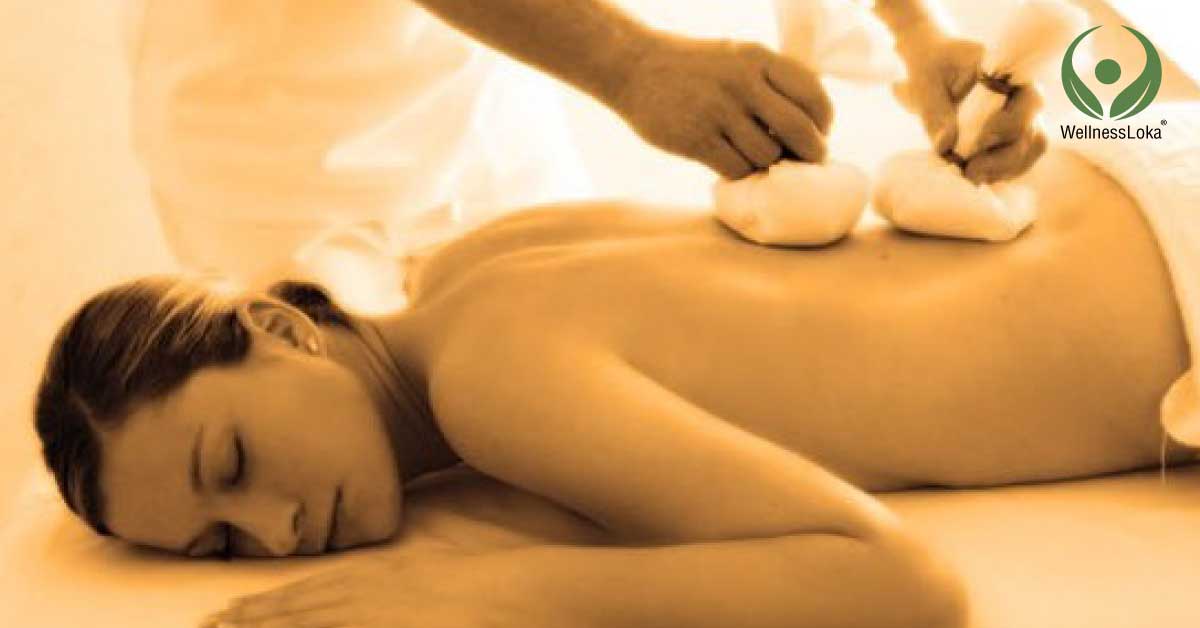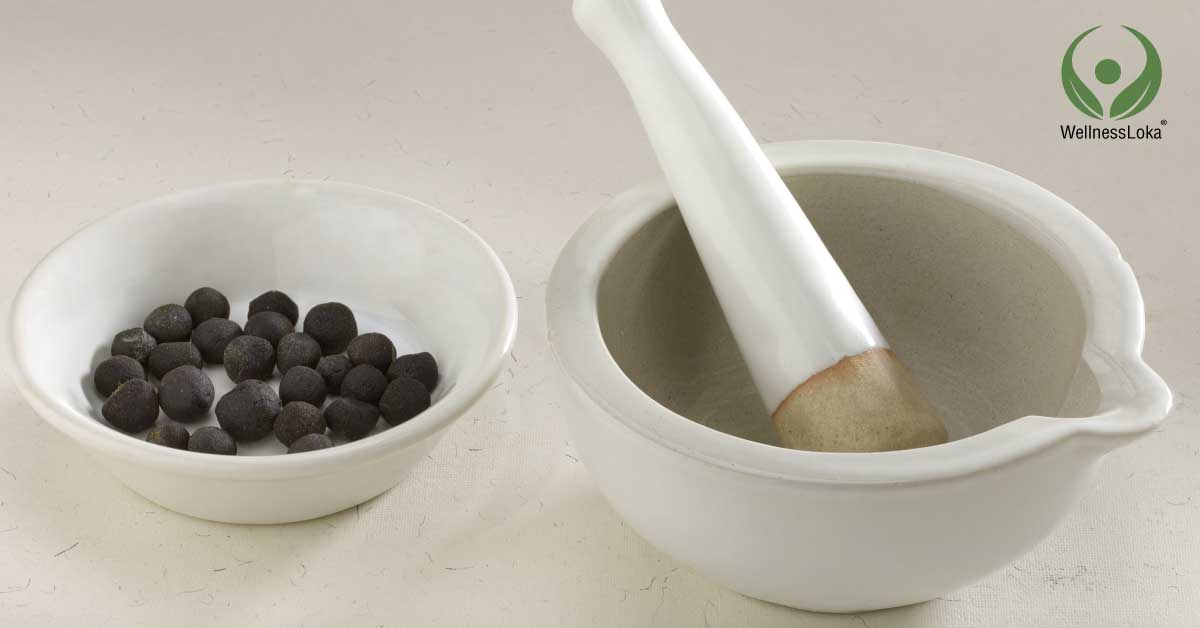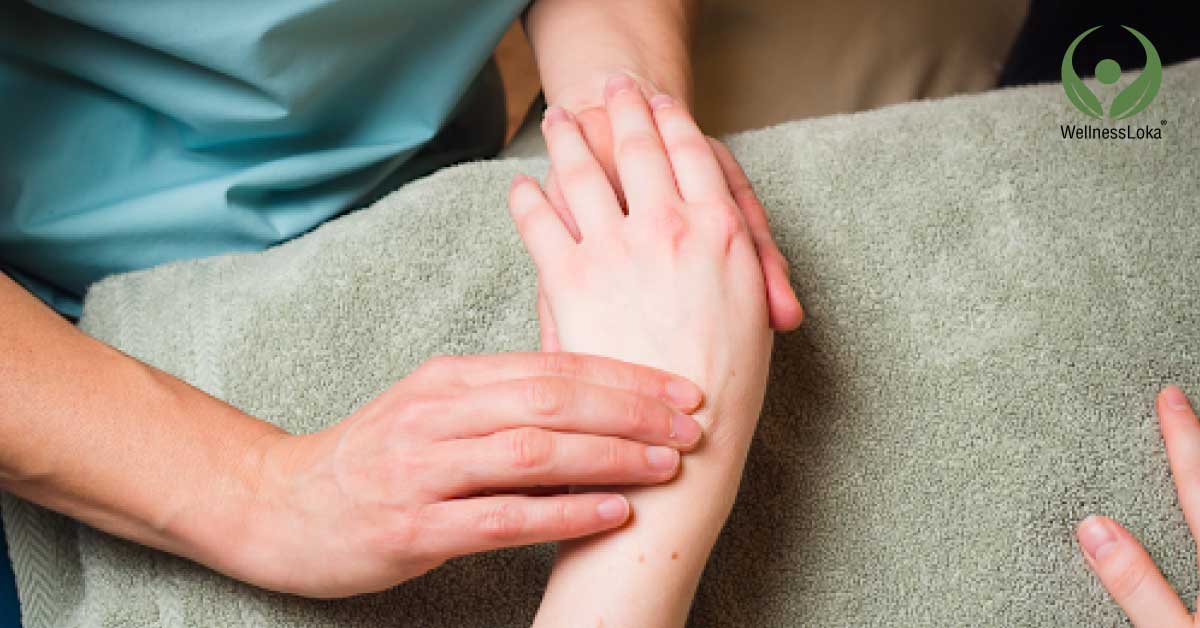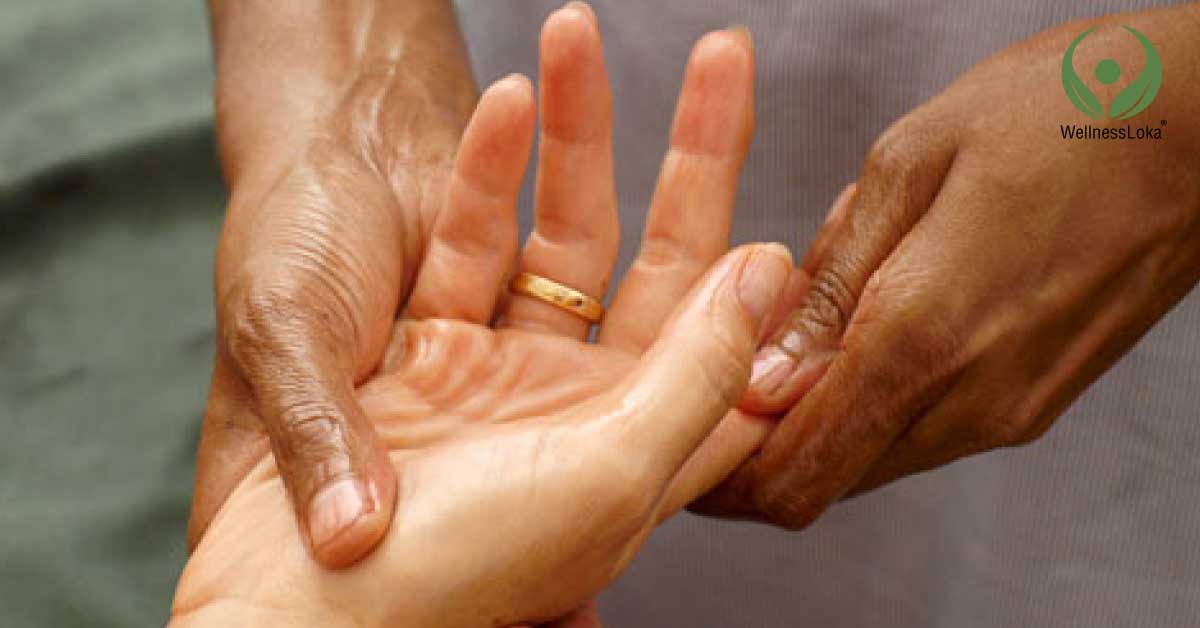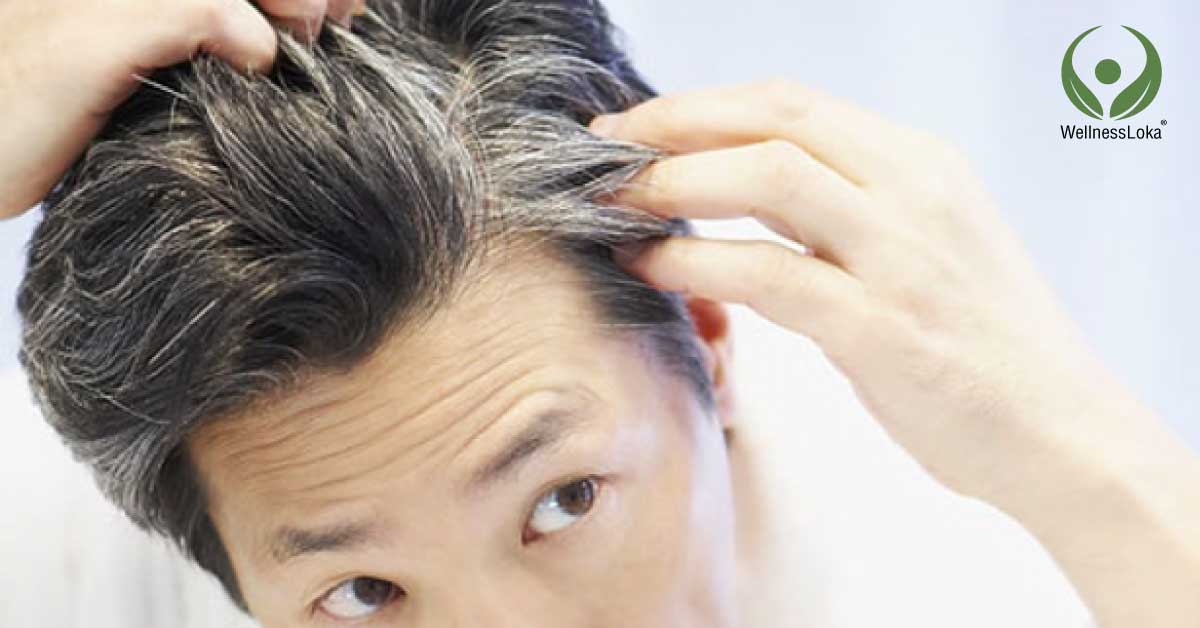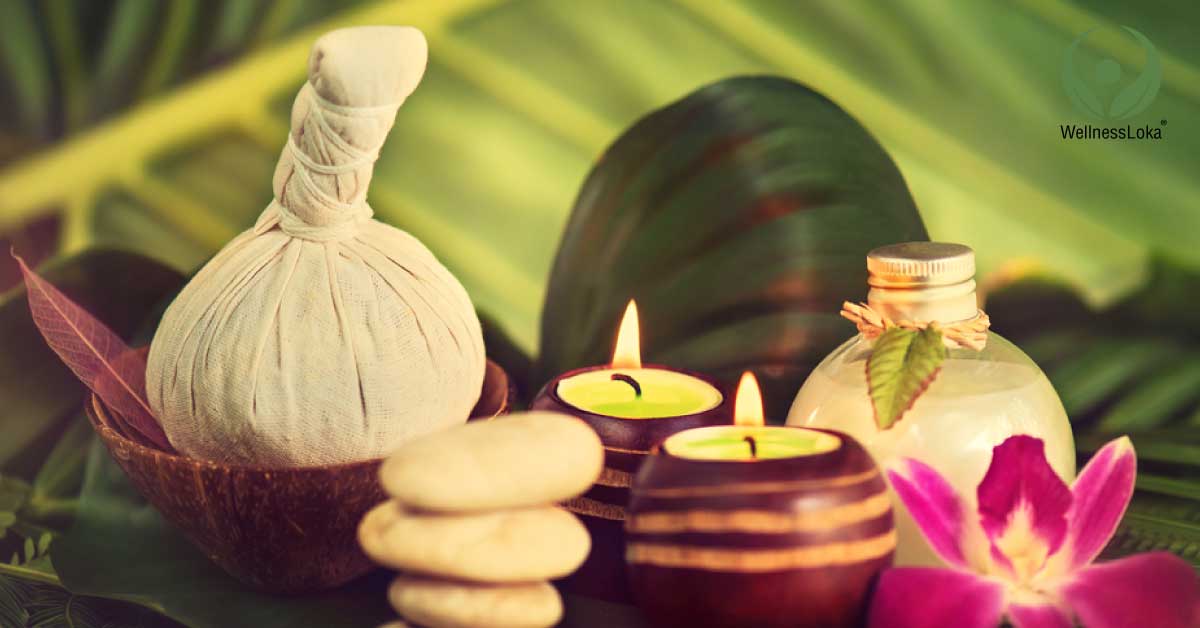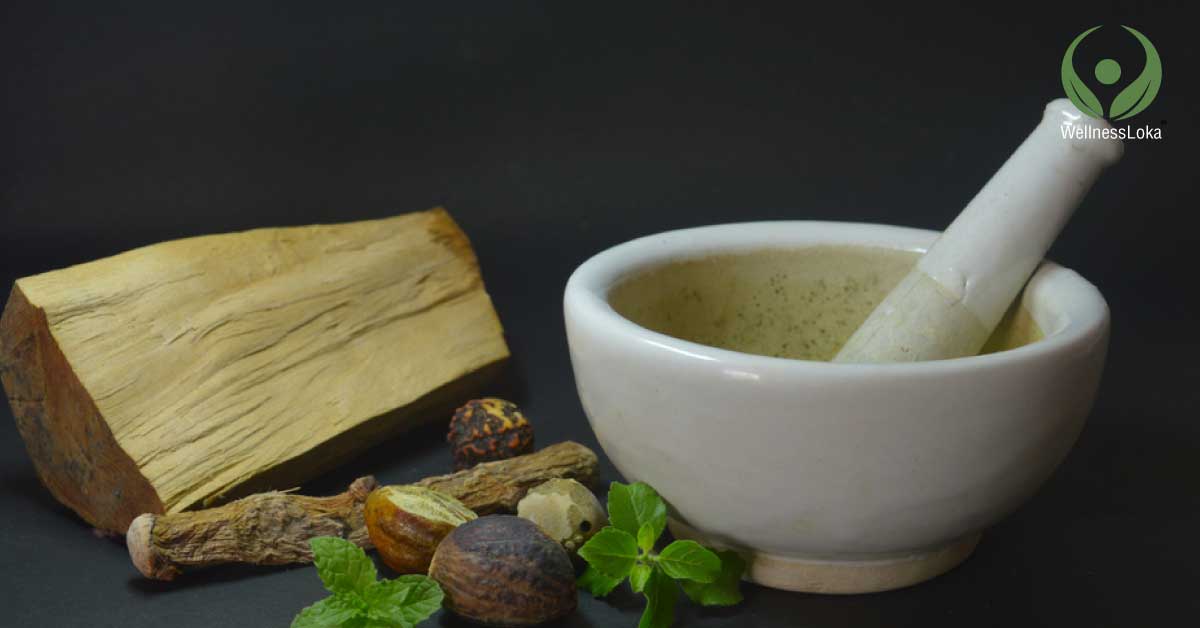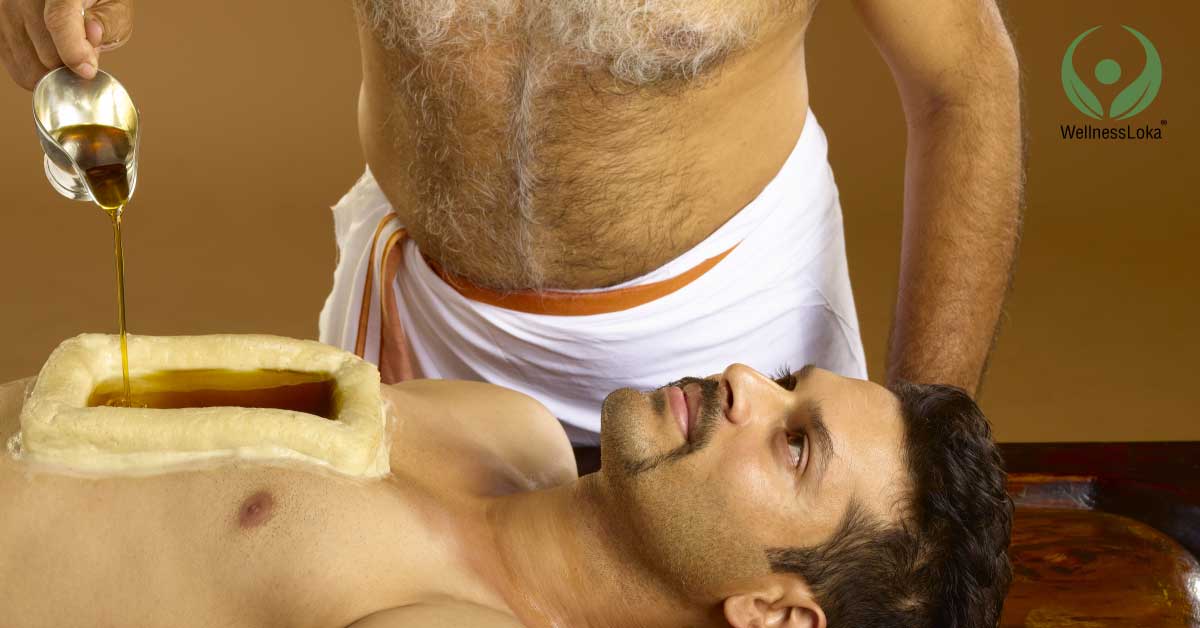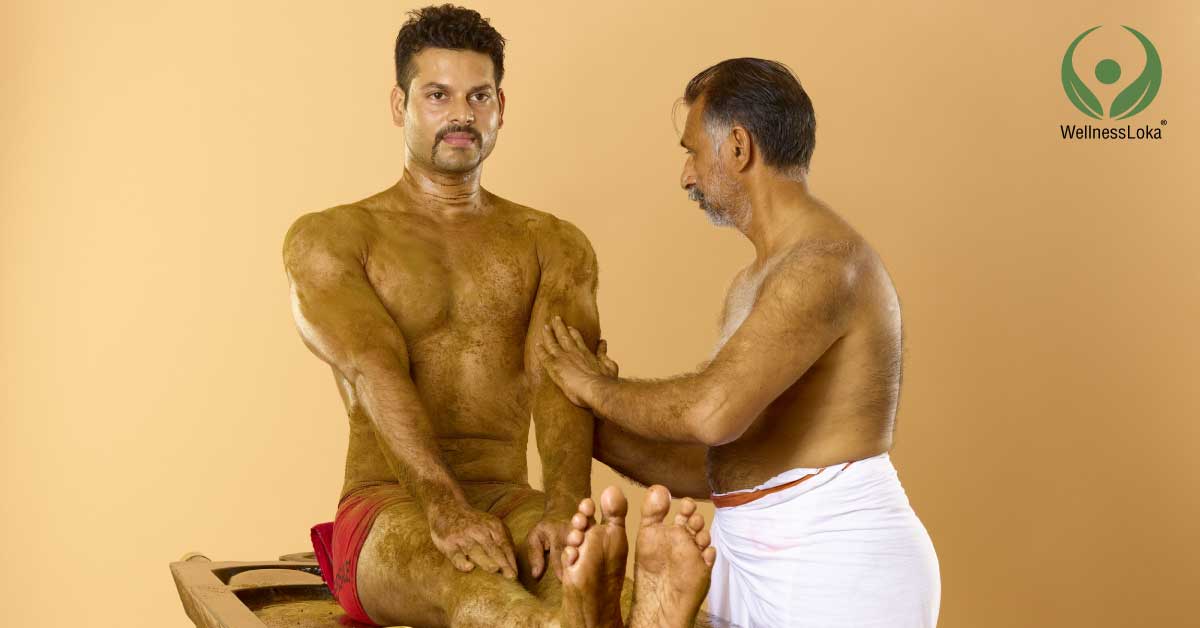THE TASTES OR RASAS

One of the important concepts in Ayurveda is Rasa or taste. You might think what impact, the tastes have on us. Let us see in detail.
THE TASTES OR RASAS
There are six types of tastes:-
- Swadu or sweet
- Amla or sour
- Lavana or salt
- Tikta or bitter
- Ushana or pungent
- Kashaya or astringent
These rasas or tastes are dependent on the substance.
HOW DOES THE TASTES AFFECTS THE DOSHAS
Yes, the tastes have a great influence on the doshas.
- Vata:-
The tastes that alleviate or decrease the Vata are Sweet, Sour and Salt. Whereas those result in the aggravation or increase of the dosha are Bitter, Pungent and Astringent.
- Pitta:-
Astringent, Bitter and Sweet are the tastes that result in the alleviation of the doshas. At the same time, Sour, Salt and Pungent tastes cause the aggravation of the dosha.
- Kapha:-
Kapha gets increased by Bitter, Pungent and Astringent tastes and gets decreased by Sweet, Sour and Salt.
ANURASA
Along with a primary taste, a secondary taste may also be present and that taste is called as Anurasa.
Along with Anurasas, various combinations of tastes can be found in different substances.
This is the wonder of nature and this is why we say food should be the medicine and not the other way. According to your body condition you can decide, the type of food you should take, thus can make an equilibrium among the doshas.

